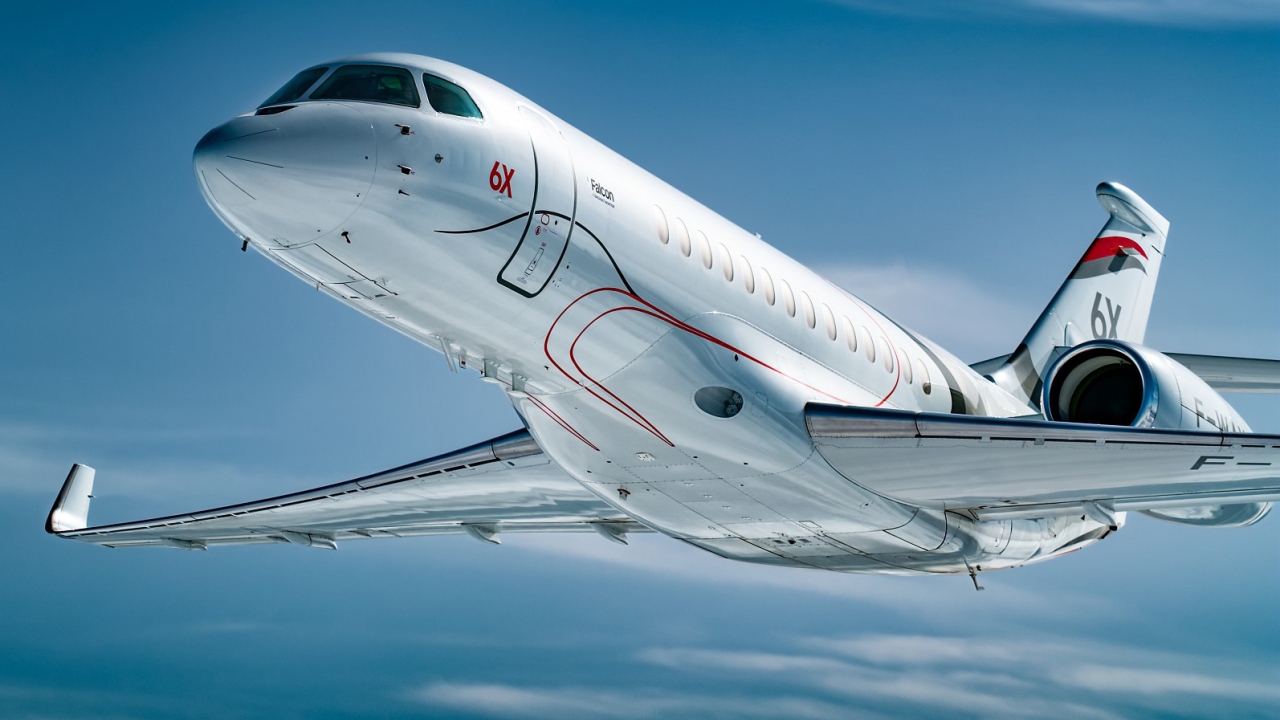Slowing demand and rising costs squeeze airline profits with African airlines showing loss

That is also a decline on 2018 net post-tax profits which IATA estimates at $30 billion.
The business environment for airlines has deteriorated with rising fuel prices and a substantial weakening of world trade. In 2019 overall costs are expected to grow by 7.4%, outpacing a 6.5% rise in revenues. As a result, net margins are expected to be squeezed to 3.2% (from 3.7% in 2018). Profit per passenger will similarly decline to $6.12 (from $6.85 in 2018).
African airlines will deliver a $0.1 billion loss (unchanged from 2018), continuing a weak trend into its fourth year. Each passenger carried is expected to cost the carriers $1.54, leading to a -1.0% net margin. Breakeven load factors are relatively low, as yields are a little higher than average and costs are lower. However, few airlines in the region are able to achieve adequate load factors, which averaged the lowest globally at 60.7% in 2018. Overall, industry performance is improving, but only slowly.
“This year will be the tenth consecutive year in the black for the airline industry. But margins are being squeezed by rising costs right across the board—including labor, fuel, and infrastructure. Stiff competition among airlines keeps yields from rising. Weakening of global trade is likely to continue as the US-China trade war intensifies. This primarily impacts the cargo business, but passenger traffic could also be impacted as tensions rise. Airlines will still turn a profit this year, but there is no easy money to be made,” said Alexandre de Juniac, IATA’s Director General and CEO.
In 2019, the return on invested capital earned from airlines is expected to be 7.4% (down from 7.9% in 2018). While this still exceeds the average cost of capital (estimated at 7.3%), the buffer is extremely thin. Moreover, the job of spreading financial resilience throughout the industry is only half complete with a major gap in profitability between the performance of airlines in North America, Europe and Asia-Pacific and the performance of those in Africa, Latin America and the Middle East.
“The good news is that airlines have broken the boom-and-bust cycle. A downturn in the trading environment no longer plunges the industry into a deep crisis. But under current circumstances, the great achievement of the industry—creating value for investors with normal levels of profitability is at risk. Airlines will still create value for investors in 2019 with above cost-of-capital returns, but only just,” said de Juniac.
Stay up to date
Subscribe to the free Times Aerospace newsletter and receive the latest content every week. We'll never share your email address.

